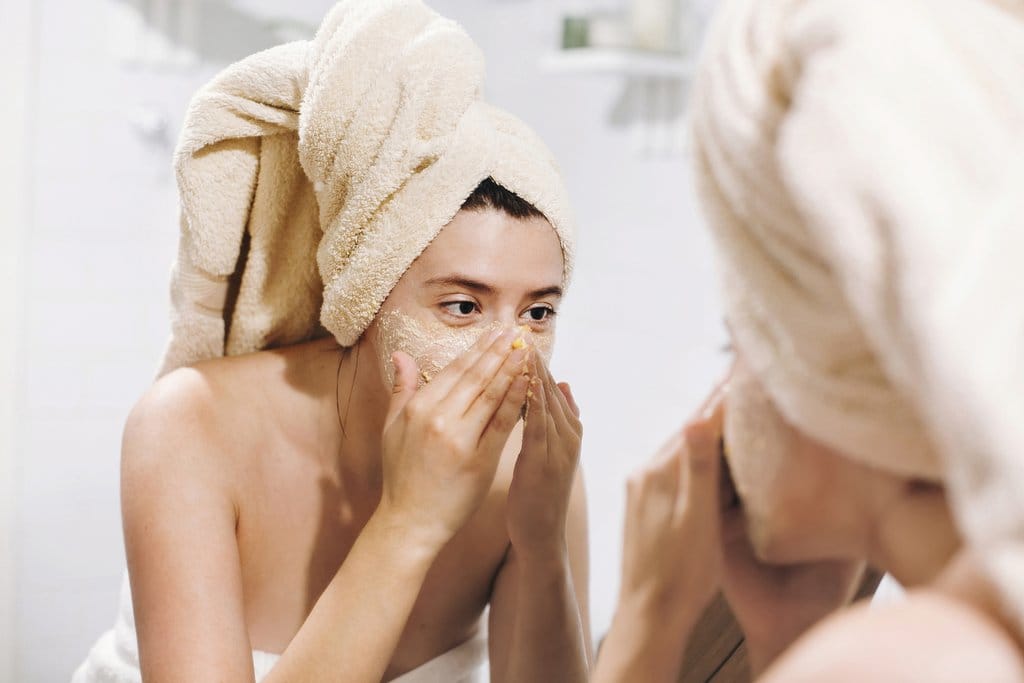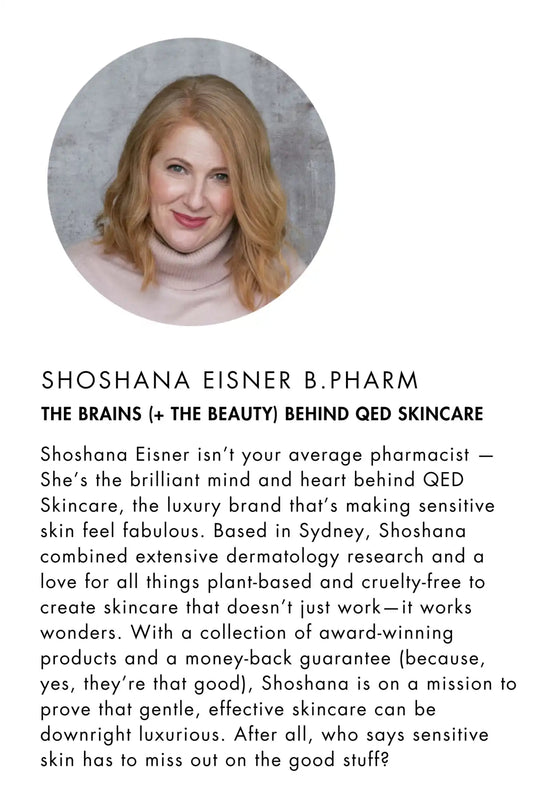TO SQUEEZE OR NOT TO SQUEEZE - A GUIDE TO ACNE & PIMPLES
Let's start with - what actually is Acne?
Acne is a skin condition that occurs when hair follicles become clogged with oil and dead skin cells. It often causes whiteheads, blackheads or pimples, and although most commonly appear on the face and forehead, it is also very common to develop Acne on the chest, upper back and shoulders.
Although Acne is most common among teenagers, it can affect people of all ages and does have a habit of popping up when you least expect it.
BUT the good news is there are many ways to both prevent and treat Acne. As a Pharmacist, I have been helping treat Acne in both teens and adults for over 20 years. As a result, I formulated a unique range to ensure it is treated correctly whilst avoiding unnecessary chemical-based alternatives.
So firstly, just to be clear, are pimples and Acne the same thing?
Acne is the medical condition which causes pimples (kind of like the Common Cold is a medical condition which causes sneezing).

So here are my DON’T’s and DO’s when it comes to managing Acne ...
DON'T think that oil is the enemy! The RIGHT oils are actually your friends and these GOOD oils will help you remove the BAD oils without penetrating your skin to cause further irritation.
DON'T touch! Our hands come into contact with all kinds of dirty things and then we touch our inflamed pimples. (When was the last time you cleaned your computer keyboard? NEVER…)
DON'T just randomly squeeze and pick at your pimple. They could get infected and will almost certainly scar.
DO: Practice safe squeezing [see below] when you have the need to have a go.
DON’T use high-foaming cleansers. Big lathery cleansers which make your skin feel tight and are actually stripping your skin. This may cause your skin to actually produce more oil.
DO choose products that are designed to re-balance oily skin. You don't want to strip all oil from your skin as that can cause your skin to produce more oil. Also, many super-strong anti-acne cleansers can cause your skin to be artificially combination, where it creates dry patches & oily patches.
DON’T wash your face with too hot OR too cold water. Very hot water can trigger sensitivities and open your pores to release more oil, which you definitely don’t want. That said, too cold water can also trigger sensitivities.
DO Stick to warm water.
DON’T aggressively towel dry your face. It can irritate.
DO pat your skin dry. Be gentle when removing water from your face and treat it with respect. Your skin will thank you for it. And please make sure you always use a clean towel!
DON’T over-exfoliate. It is so tempting to exfoliate often when your skin is oily. Not only may it cause your skin to produce more oil. It may also make your skin more sensitive
DO exfoliate once or twice a week. This will help remove excess skin cells and blocked pores, therefore, avoiding further build-up.
DON’T apply moisturiser to your entire face. Only apply moisturiser to the dry areas. The oily areas of your face are already producing enough moisture all by themselves.
DO make a toning mist your best friend. I cannot recommend a toning mist strongly enough as your secret weapon to help combat oily skin patches during the day. If you’re prone to ‘afternoon shine’, don’t leave the house without it. QED Skincare Balancing Facial Mist – Neroli + Bergamot is particularly good at this. PLUS being a mist means that you can use it over makeup.
DEFINITELY DO seek further intervention if your Acne is persistent. Most acne is caused by internal factors, primarily hormones. The right skincare can help in these situations but sometimes they are not enough. Talk to your GP, or ask me if you are not sure whether it needs medical attention.
AND IF YOU HAVE ACNE AND SENSITIVE SKIN Choose skincare designed for sensitive skin. One does not exclude the other. Oily skin can also be sensitive so understand your skin in order to avoid further irritation and go for skincare designed for sensitive skin. Look for products with as few ingredients as possible - less ingredients means less triggers.
Always patch test products before use. This means try one new product at a time. First dab a little in a hidden area, like behind your ear. If no reaction occurs, next day dab a little on your cheek. If all good then you can consider using it all over your face. Never try something new on an aggravated area. Raw skin is guaranteed to react.




